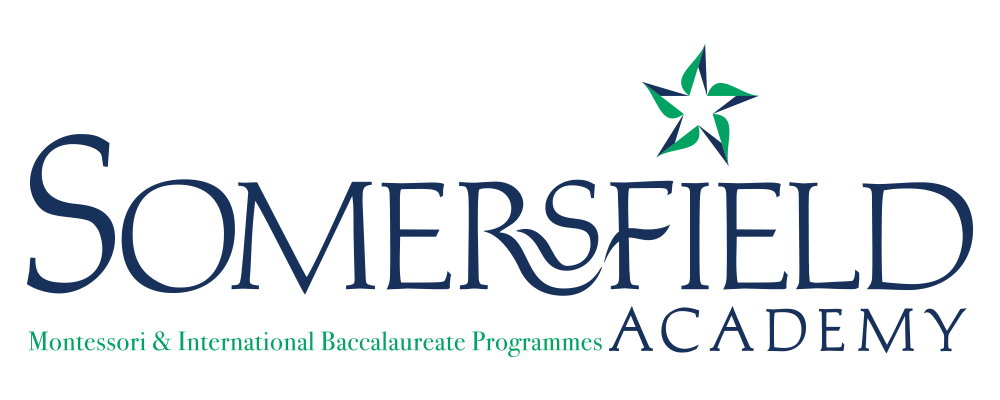The Montessori Approach to Literacy
In a Montessori classroom, the language area serves as a vital hub for nurturing children's understanding of language mechanics. Starting with object and picture matching exercises, students refine their discrimination skills before progressing to letter recognition and phonetic sounds. Individualised lessons featuring tactile tools like Sandpaper Letters facilitate this journey, enhancing both auditory and visual learning experiences.
Transitioning from sound work, children advance to constructing short phonetic words using a movable alphabet—a versatile resource that facilitates hands-on learning. Reading instruction unfolds systematically, beginning with word-object associations and gradually delving into phonetic patterns at the onset, middle, and end of words. Sight words supplement these lessons, preparing children for the introduction of phonetic reading materials tailored to their readiness.
Integral to the Montessori language curriculum is the exploration of grammar, introduced once students demonstrate confidence in their reading abilities. Symbolic representations of each part of speech aid comprehension and retention, offering students additional mnemonic support.
The language area also encompasses writing instruction, focusing on both mechanical and creative expression. Metal insets enhance fine motor coordination, laying the groundwork for mechanical writing sessions that emphasise letter formation based on shared shapes. As proficiency grows, children are encouraged to integrate writing into their academic endeavours, fostering a seamless connection between literacy skills and practical application.
When does a child begin to read?
While developmental timelines vary, many experience a rapid transition from decoding single words to comprehending simple sentences and narratives. Whether it occurs at four, five, or six years old—or even earlier—the Montessori approach emphasizes readiness over rigid timelines. Educators prioritize cultivating a love for reading from the earliest signs of interest, guiding students toward independent literacy proficiency.
In the tapestry of Montessori education, the language area stands as a testament to the transformative power of exploration, fostering a lifelong journey of literacy and self-expression.




